Discover
Sandflat Environments
Australian Sandflat Environments
Australian sandflats are coastal ecosystems characterised by sandy substrates, shallow water, and low-lying intertidal areas. They are typically found in estuaries, bays, and lagoons along the coast of Australia.
Sandflats are highly dynamic, with the water level, sediment deposition, and erosion constantly changing due to tides, storms, and currents. These changes can have a significant impact on the plants and animals that inhabit the sandflats.
The sandflats are often dominated by seagrasses, which provide vital habitats for various marine organisms such as fish, crabs, prawns, and snails. Other common plant species found in sandflats include mangroves and salt marsh vegetation.
Invertebrates such as worms, mollusks, and crustaceans are also abundant in sandflats. These creatures play a critical role in the ecosystem by processing organic matter and recycling nutrients.
Birds, including shorebirds such as sandpipers, plovers, and oystercatchers, depend on the sandflats for food and habitat, particularly during the breeding season.
Overall, sandflat environments are essential for the biodiversity and productivity of coastal ecosystems in Australia and play a critical role in supporting fisheries and other industries that rely on the ocean.
Quick Facts
- Sandflats are highly dynamic environments, constantly changing due to tidal movements, waves, and wind.
- Sandflats are essential ecosystems that support a wide range of marine and estuarine organisms, such as worms, mollusks, crustaceans, fish, shorebirds, and other waterbirds.
- Commercial and recreational fishers use Sandflats for harvesting species such as mud crabs, prawns, and fish.
- Indigenous Australians have used sandflats for thousands of years for food gathering and cultural practices, such as shellfish harvesting and fishing.

Exploring Australian Sandflats
If you’re looking for a unique and fascinating ecosystem to explore in Australia, the country’s countless sandflats are definitely worth a visit. These intertidal zones, which are exposed during low tide and submerged during high tide, are home to a diverse range of marine plants and animals that have adapted to harsh and constantly changing conditions. Whether you’re interested in birdwatching, fishing, or simply exploring the natural beauty of these dynamic habitats, there are plenty of opportunities to discover and learn in Australian sandflats.
- Take a guided tour or join a local naturalist to learn about the unique ecology of Australian sandflats, the different plant and animal species that call them home, and the challenges they face.
- Go birdwatching to spot migratory waders, such as sandpipers and plovers, as they feed and rest on the sandflats during their long journeys.
- Look for burrowing animals such as ghost crabs, mud crabs, and tube-building worms, which create intricate networks of tunnels and burrows in the sand and mud.
- Try your hand at fishing or crabbing in the shallow waters along the sandflats, where you might catch bream, whiting, flathead, blue swimmer, or mud crabs.
- Take a walk along the shoreline during low tide to explore the exposed sand and mud flats and look for interesting shells, seaweeds, and other marine life.
From birdwatching, fishing to beachcombing, there is no shortage of things to discover and explore in Australian sandflats. Whether you’re a seasoned nature enthusiast or simply looking for a unique and educational adventure for the family, these intertidal habitats are sure to leave a lasting impression.
Search the Australian
Fish & Marine Life Database
Australian Fish & Marine Species Identification – Freshwater & Saltwater Fish, Sharks, Rays and Invertebrates of Australia.
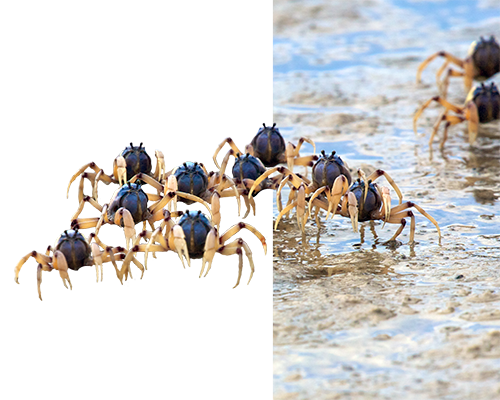
What are you looking for?
Australia is full of marine life. Discover its incredible diversity by exploring its different species below.
Crustaceans
Reef Fish
Sharks
Invertebrates
Rays
Jellyfish
Explore Other Environments
Australia’s aquatic environments are as diverse as its landscapes, ranging from iconic beaches to tranquil mangroves, estuaries, to fresh and saltwater lakes. Learn more about these diverse habitats.
Ocean Rocks
Lake
Rock pool
Reef
Beach
Breakwall
Mangrove
Estuary
Discover More
There’s something for everyone. Dive into our resource library to learn fun facts and get information on everything marine. All your Australian marine life and lifestyle resource in one place!
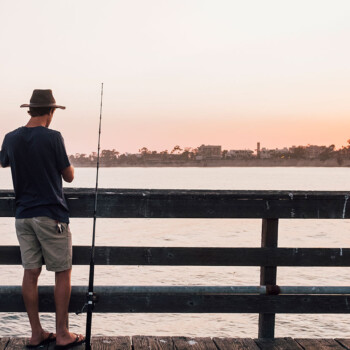
Bait Jig Rig & Variations
Bait jig rigs represent a crucial piece of tackle for the angling world, blending the art of lure design with the...

Running Sinker Rig & Variations
The running sinker rig, also known as the ball sinker rig, is an extremely popular and easy to create rig. There...
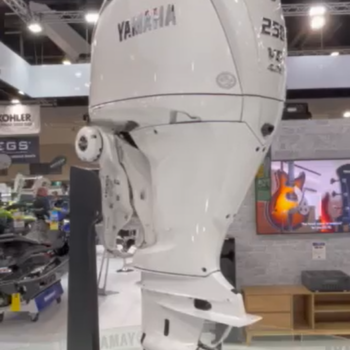
Boat Motor Financing: Inboard & Outboard Motor Loans
Boat Motor Financing: Inboard & Outboard Motor Loans New or used boat motor loans to power or...
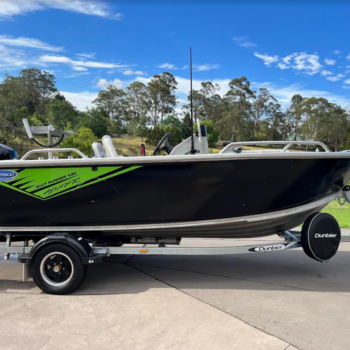
Boat & Jet Ski Trailer Loan & Finance Options
Boat And Jet Ski Trailer Loan Options Access the leading finance for new or used boat...

Getting A Used Boat Loan: Buying A Second Hand Boat
Getting Used Boat Finance & Buying A Second Hand Boat Accessing the best used boat...
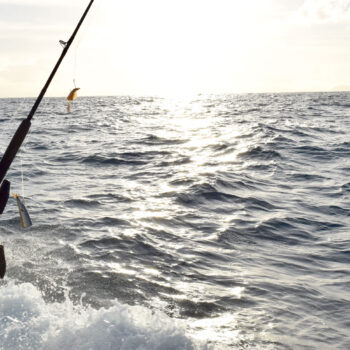
Paternoster Rig & Variations
The paternoster rig and its variations are a popular and easy rig to create. It can be created with single or...
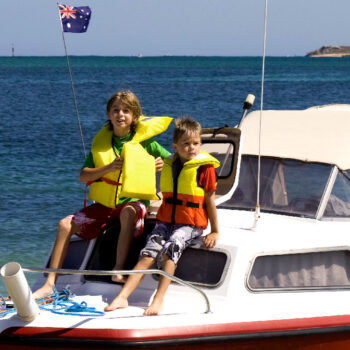
Lifejackets: Approved life vests by age, location and vessel type
The Essential Role of Lifejackets in Marine Safety in Australia The importance of a lifejacket to save lives comes...
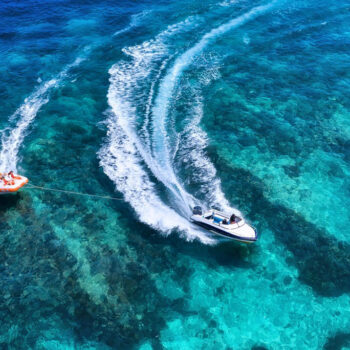
Boating Holidays
Boating holidays can be an excellent way to explore new places, relax and unwind, and spend time with family and...

